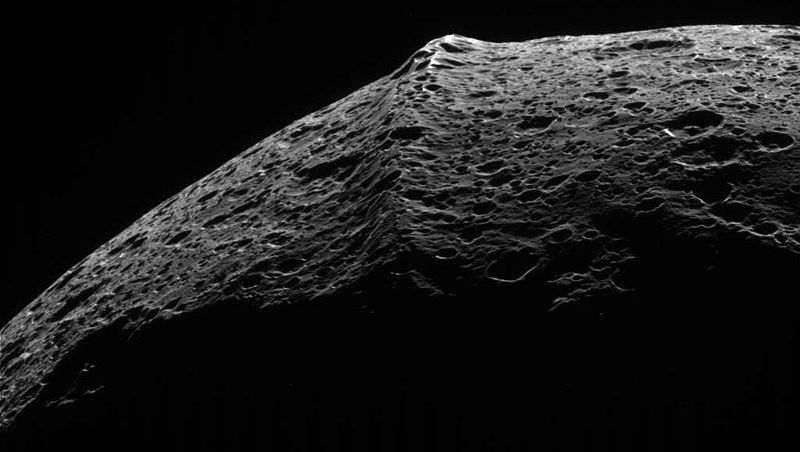This has always been something I wanted to do. With High Guard I've realised that I may be able to pull it off using all of MgTs rules as written (a first for me in any system). Ideally a near future campaign set in the Solar System, very much like Transhuman Space.
I created a small transport ship (I imagine most ships will be small): the Procyon, 200 tons, a crew of 5 with 10 tons of cargo and 138 cold sleep capsules for passenger haulage. It includes a lander (a 20 ton launch, not sure of the stats yet). It has a 2G reaction drive and a level 2 fission plant, and 4 thrust-hours of fuel.
I used the 'simple delta-v' formula in THS (V in miles per second = G rating x Thrust hours x11)to come up with a very rough travel time of 34 days to reach Mercury from Earth. This includes a 2 hour burn at either end.
Now, will it make money? As the rules go, no. I had to assume the vessel was subsidized using rules from Traveller LBB 2, then this made money.
On the long run out to Europa the travel time was 128 days (4.3 months), the costs are multipled by 4.3 (all except fuel), and so the cargo and passenger incomes must really reflect that 4.3 multiplier. I decided to use the 1 parsec costs of travel (freight and passenger) multiplied by the months it takes to get to the destination. It made sense considering the quadrupling of the costs based on monthly outgoings like life support, maintenance and wages.
Again, this made money for the ship operator. Subsidized ships are built by colony worlds, corporations and nations, operated by independant merchants and perhaps sold on after 40 years at cut rates to other player character types wanting to make a (slow!) buck.
So I think I might explore the STL single system campaign a little more using the MgTraveller rules.
I've written up a simple rule to include rotating habitats, and I'll need some small reaction drive craft (though I've just downloaded Golden Age Starships 5- Archaic Small Craft that will really help).
My main puzzle is fission powerplants. I see these like submarine reactors, capable of remaining unfuelled for several years at a time. With the 200 ton Procyon I followed the guidelines for fission plants, using stats in the Core book but doubling cost and mass. I have ignored fuel completely. If I wanted to include fuel cells, would these count as chemical powerplants? On the nature of drives, I am colouring the Procyon's reaction drive as a fusion drive, nuclear thermal, using the fission plant for heat.
Hope this all makes sense!
I created a small transport ship (I imagine most ships will be small): the Procyon, 200 tons, a crew of 5 with 10 tons of cargo and 138 cold sleep capsules for passenger haulage. It includes a lander (a 20 ton launch, not sure of the stats yet). It has a 2G reaction drive and a level 2 fission plant, and 4 thrust-hours of fuel.
I used the 'simple delta-v' formula in THS (V in miles per second = G rating x Thrust hours x11)to come up with a very rough travel time of 34 days to reach Mercury from Earth. This includes a 2 hour burn at either end.
Now, will it make money? As the rules go, no. I had to assume the vessel was subsidized using rules from Traveller LBB 2, then this made money.
On the long run out to Europa the travel time was 128 days (4.3 months), the costs are multipled by 4.3 (all except fuel), and so the cargo and passenger incomes must really reflect that 4.3 multiplier. I decided to use the 1 parsec costs of travel (freight and passenger) multiplied by the months it takes to get to the destination. It made sense considering the quadrupling of the costs based on monthly outgoings like life support, maintenance and wages.
Again, this made money for the ship operator. Subsidized ships are built by colony worlds, corporations and nations, operated by independant merchants and perhaps sold on after 40 years at cut rates to other player character types wanting to make a (slow!) buck.
So I think I might explore the STL single system campaign a little more using the MgTraveller rules.
I've written up a simple rule to include rotating habitats, and I'll need some small reaction drive craft (though I've just downloaded Golden Age Starships 5- Archaic Small Craft that will really help).
My main puzzle is fission powerplants. I see these like submarine reactors, capable of remaining unfuelled for several years at a time. With the 200 ton Procyon I followed the guidelines for fission plants, using stats in the Core book but doubling cost and mass. I have ignored fuel completely. If I wanted to include fuel cells, would these count as chemical powerplants? On the nature of drives, I am colouring the Procyon's reaction drive as a fusion drive, nuclear thermal, using the fission plant for heat.
Hope this all makes sense!

